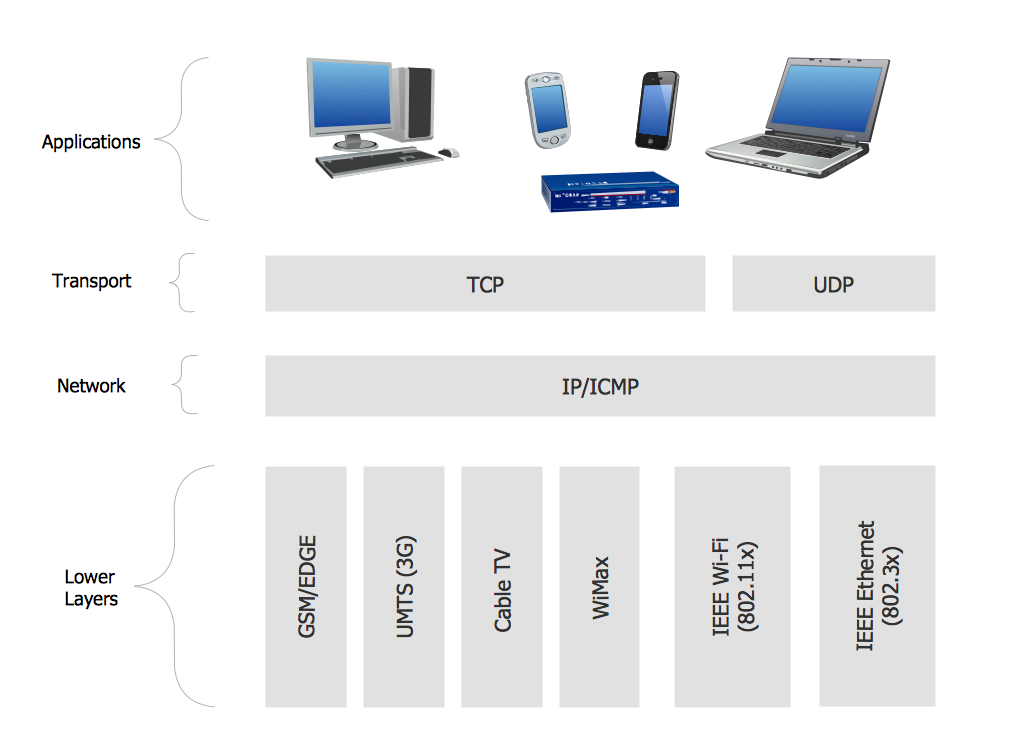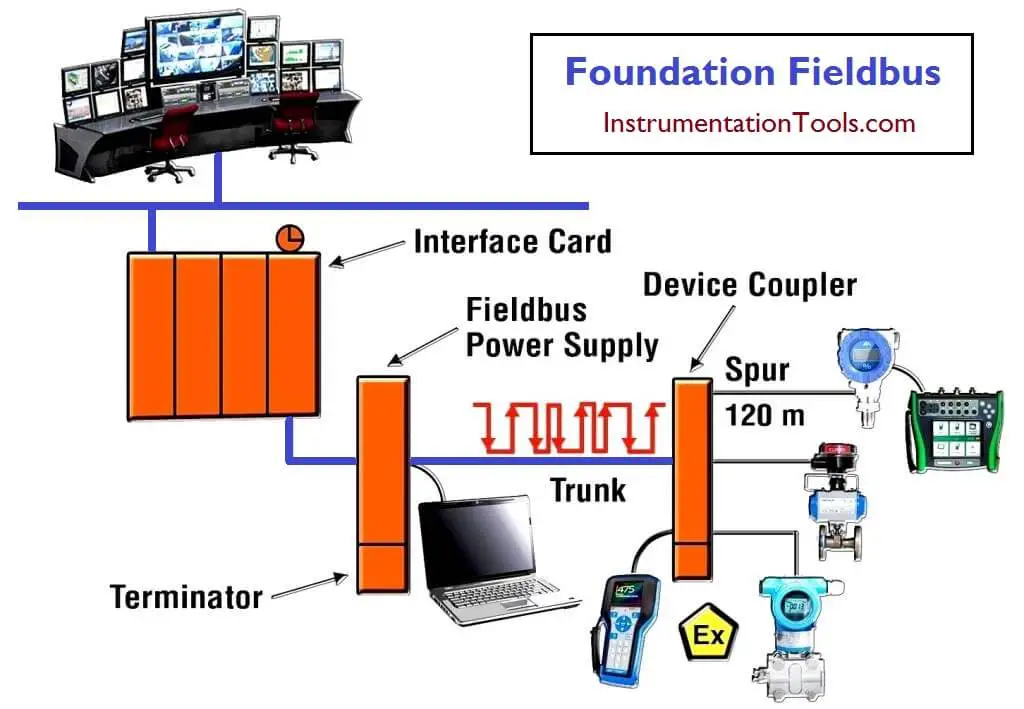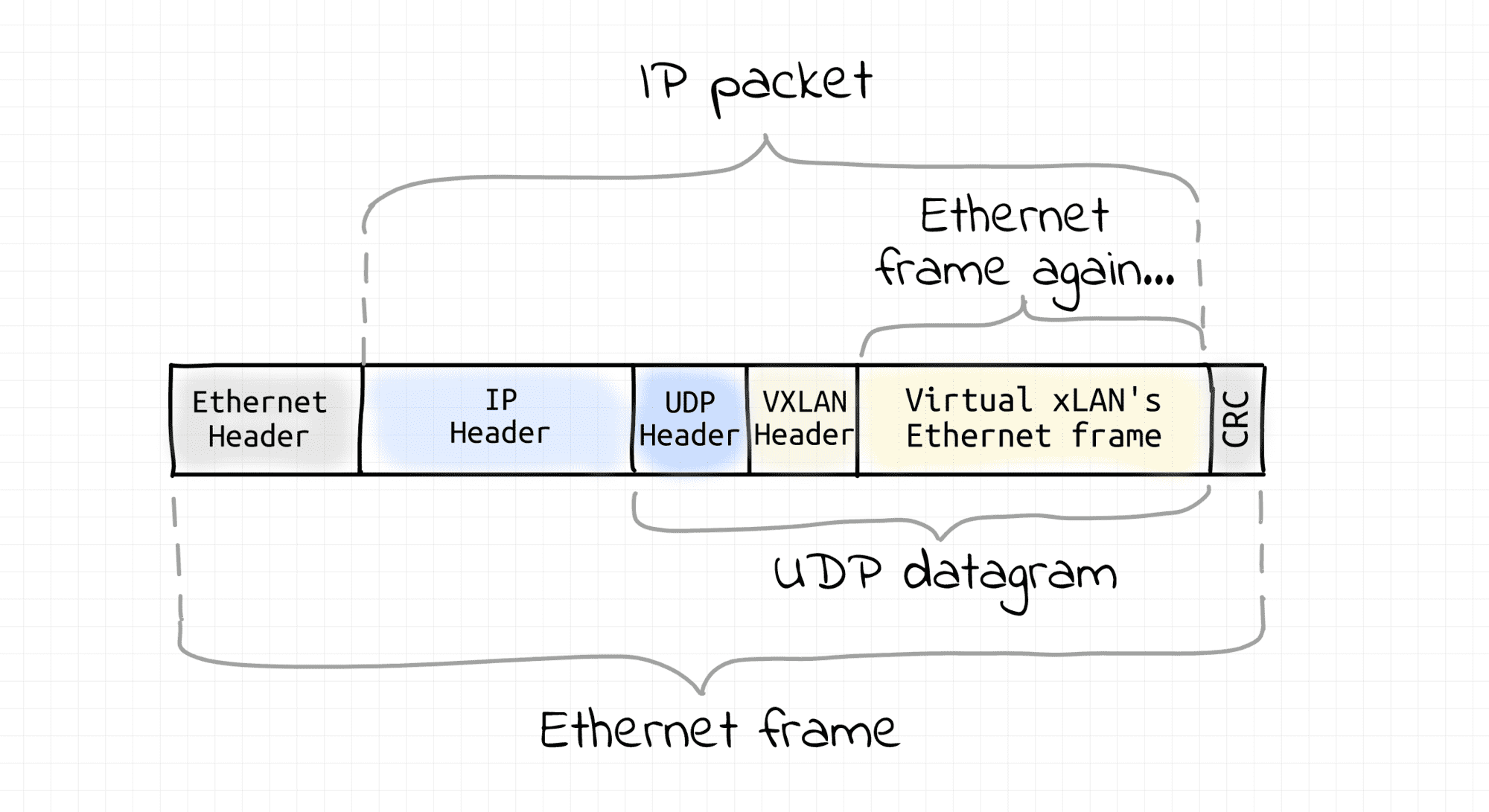

Ethernet is by far the most cost effective LAN* solution and TCP/IP is now the language of the internet, so many of the alternatives have fallen by the wayside. Commercial developments have helped to define a much clearer networking landscape these days. IPX / SPX used to be an alternative to TCP/IP. Token ring once offered a commercially viable alternative to Ethernet. Over the years, many competing protocols have battled for dominance. However, if we look in a bit more detail its clear that each protocol plays a key role in providing a reliable end to end data delivery mechanism. It would be a more tangible concept for newcomers to the technology making a basic level of understanding easier to achieve.

When the datagram arrives at the correct IP address, TCP then distributes data to the relevant application.įrom a practical point of view, networking could be made a lot more simplistic if we combined and renamed the TCP, IP and Ethernet protocols as just ‘Protocol X’ – treating it as just one all encompassing but more complex entity.

Routers are not concerned with the data contained further up the stack. Note that TCP is not involved in the intermediate stages as routers only need to know what IP address to forward the datagram to. The "Network connections" diagram shows end to end communications between 2 devices on an IP network. The receiving device on the network will go through the reverse process, stripping off the layers (technically known as headers) as the data is passed back up through the protocol suite with the ultimate goal of delivering just the data to the correct piece of application software. The smallest doll represents a piece of data, the next doll the TCP layer, then the IP layer and the largest doll of all containing everything is Ethernet. To help visualise the process, the Russian Dolls analogy is often used. The information from the layer above is encapsulated in the next layer until a fully functional Ethernet frame is formed. This process is known as encapsulation* and is a precise term for what actually happens. The application layer passes data to the TCP layer which in turn passes the information onto the IP* (Internet Protocol) layer and finally onto the Ethernet layer.
#ETHERNET PROTOCOL BASICS SOFTWARE#
This is where TCP* (Transmission Control Protocol) aware software resides to run the device and to provide an interface to the network through the TCP layer. This differentiation between hardware and software protocols is rarely pointed out but provides a much clearer indication of what is really happening in a protocol stack.Īt the top of the stack is the ‘Application layer’. It is installed by default on new PCs to provide internet, email and LAN connectivity as soon as the computer is turned on.
#ETHERNET PROTOCOL BASICS WINDOWS#
The TCP/IP implementation that we are most familiar with resides in the Windows operating system.

Unlike Ethernet, the TCP/IP protocols are purely software applications executed by means of processor and RAM - just like any other piece of software. There is also a software element to Ethernet but it can primarily be considered the hardware or ‘physical’ layer. Signalling eg MLT-3 defines the voltage transitions used in 100 Base TX Ethernet Each protocol describes a set of rules by which participating devices in the network should operate and each device on the network must have all of these elements.Įthernet is responsible for defining physical layer characteristics of the network such as:Ĭables eg Category 5/5e/6 for copper based Ethernet Although other protocols are involved, it is commonly referred to simply as TCP/IP as these are the defining protocols. The following diagram shows the ‘Internet Protocol Suite’ found inside Ethernet enabled products.


 0 kommentar(er)
0 kommentar(er)
